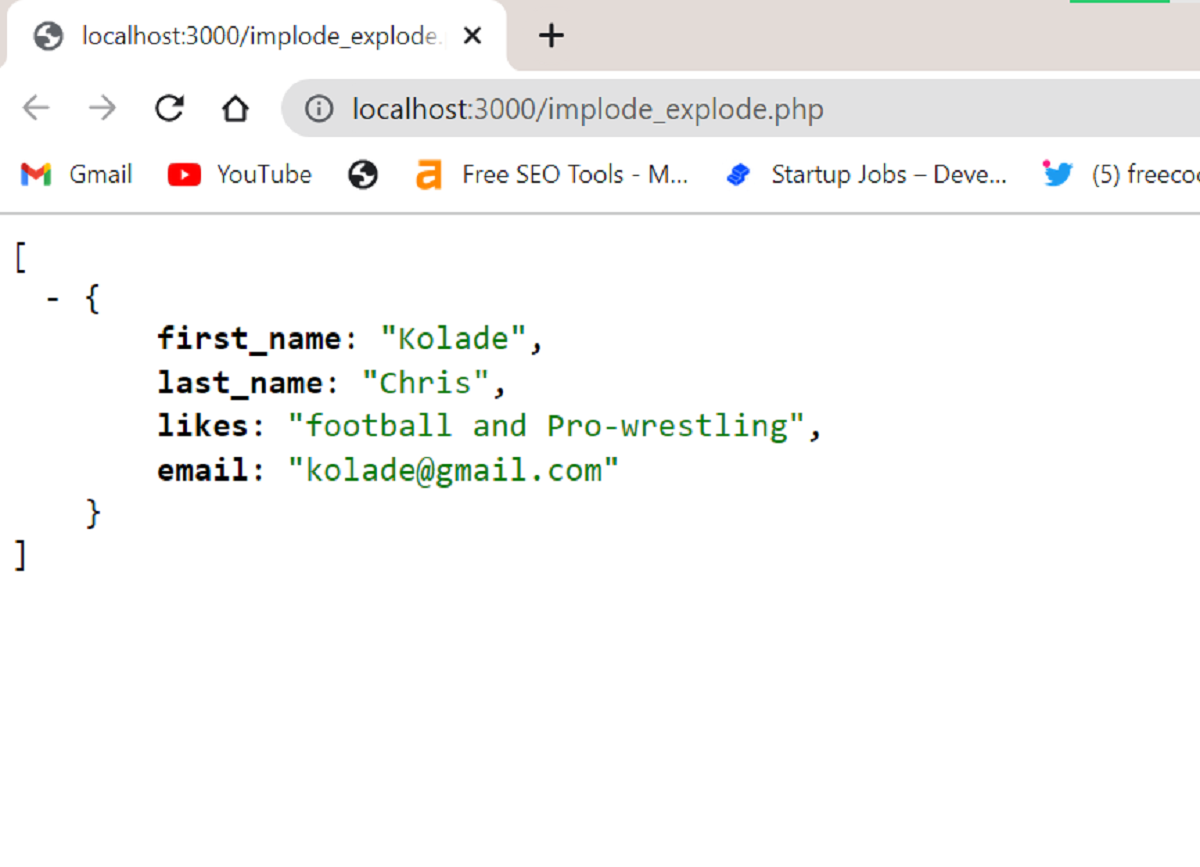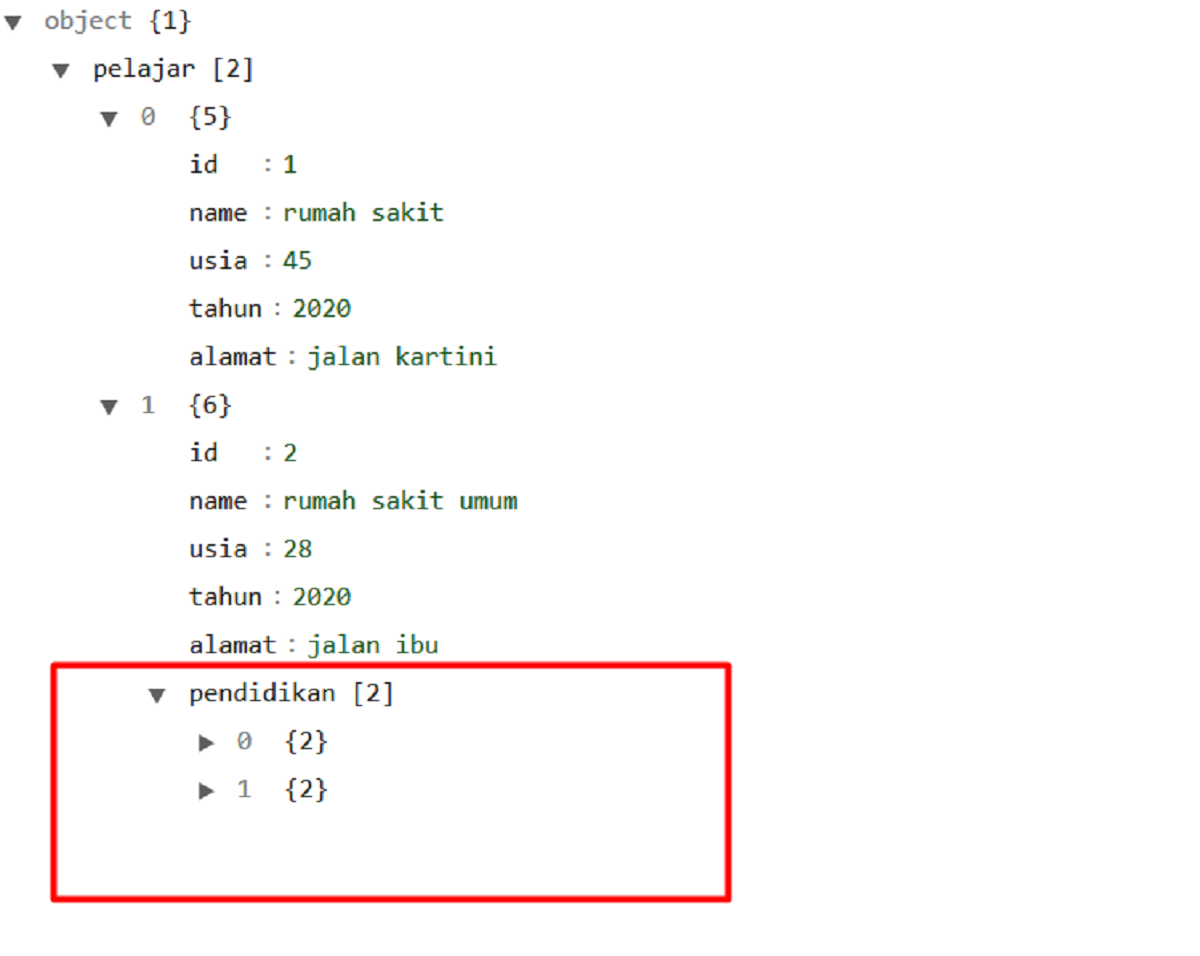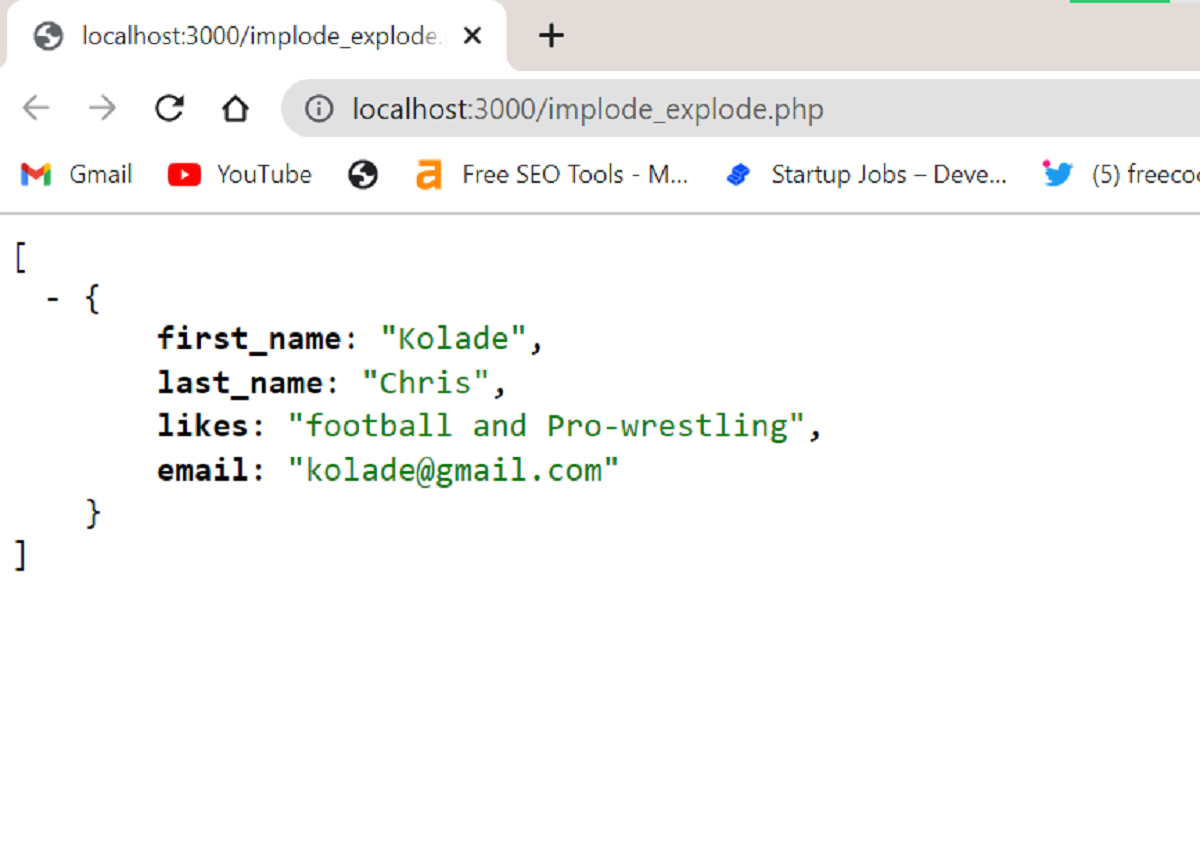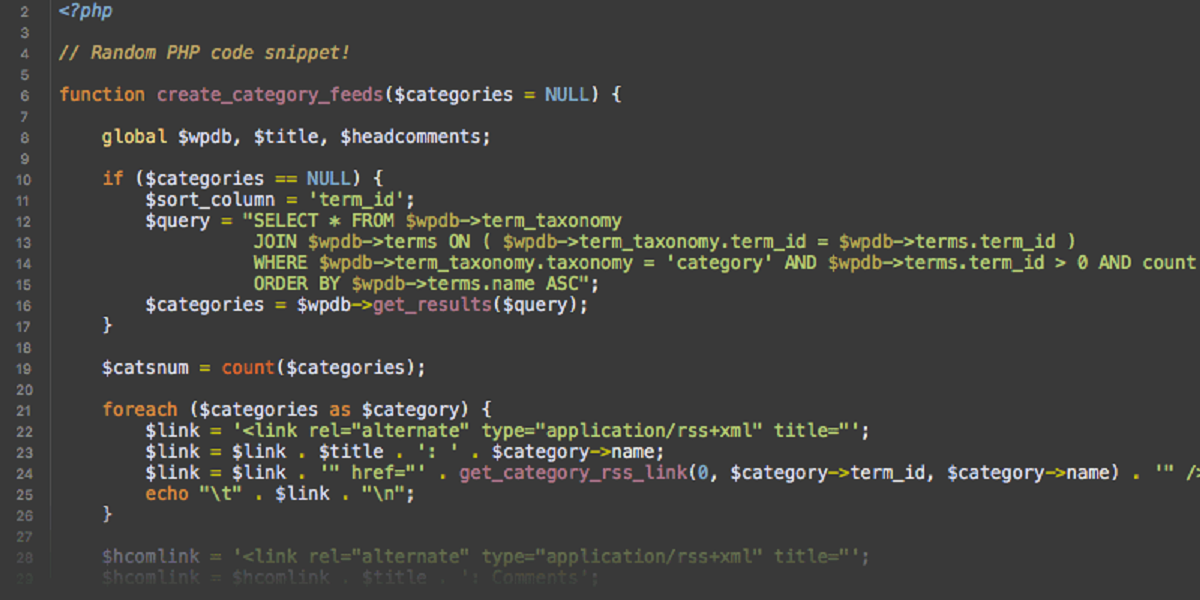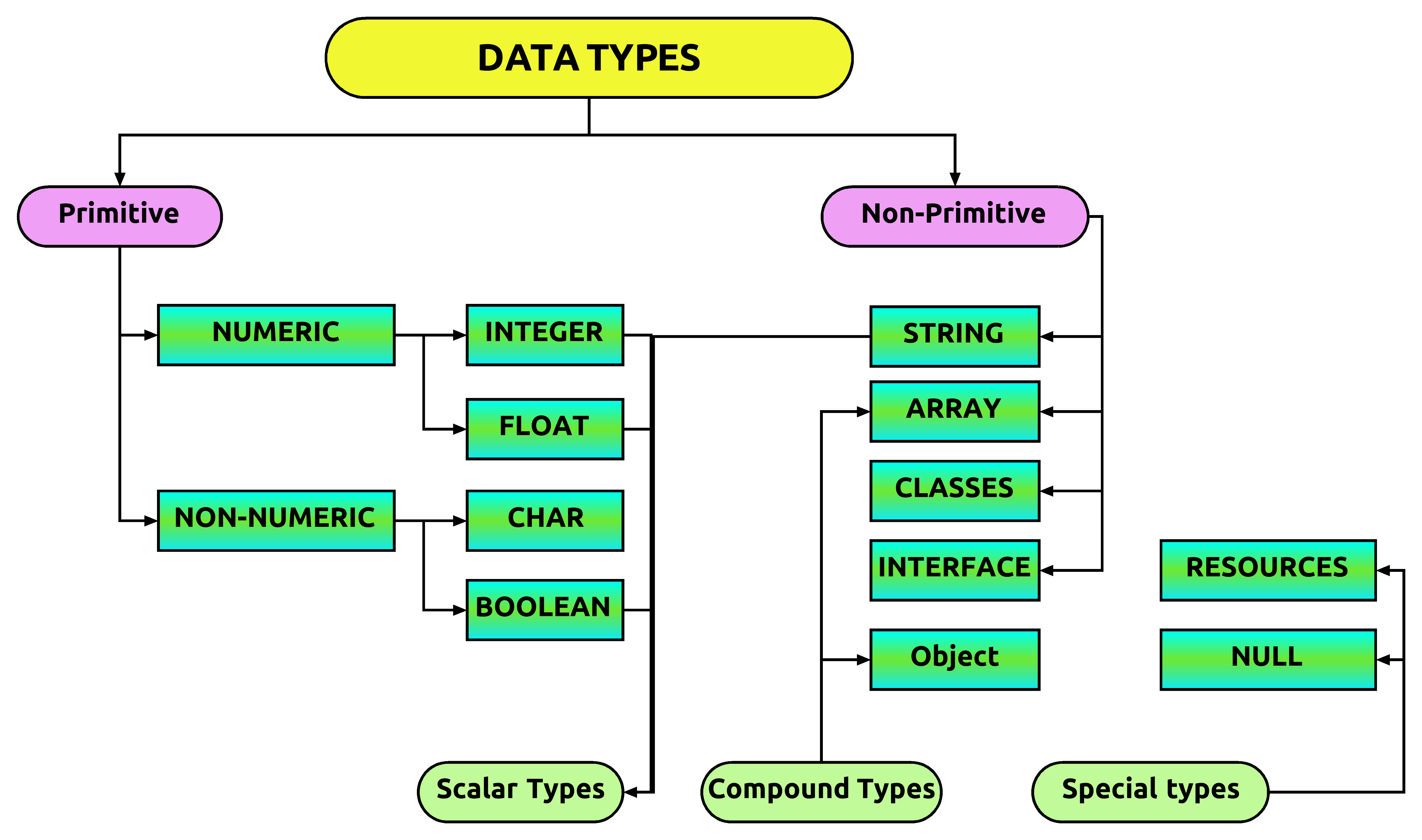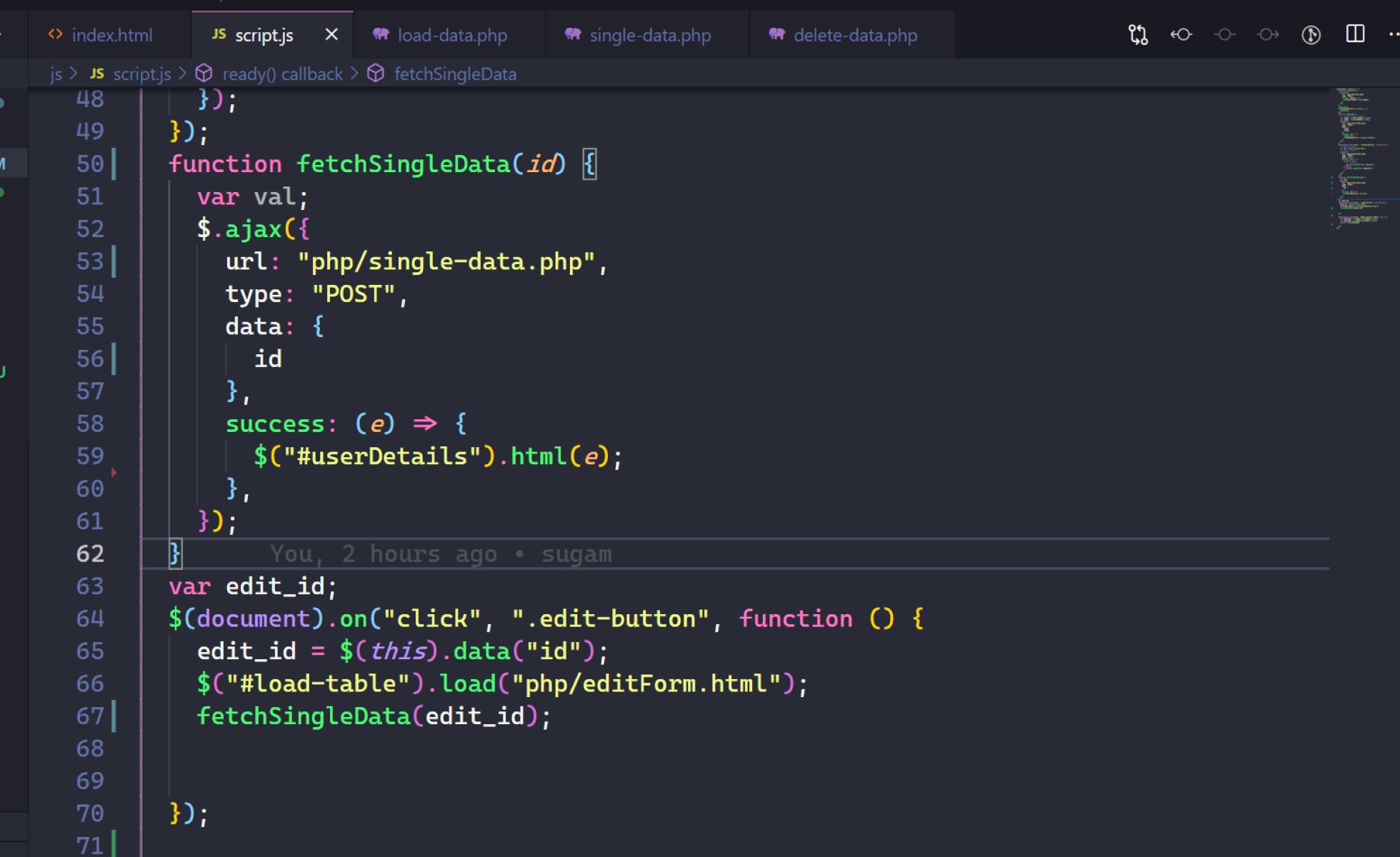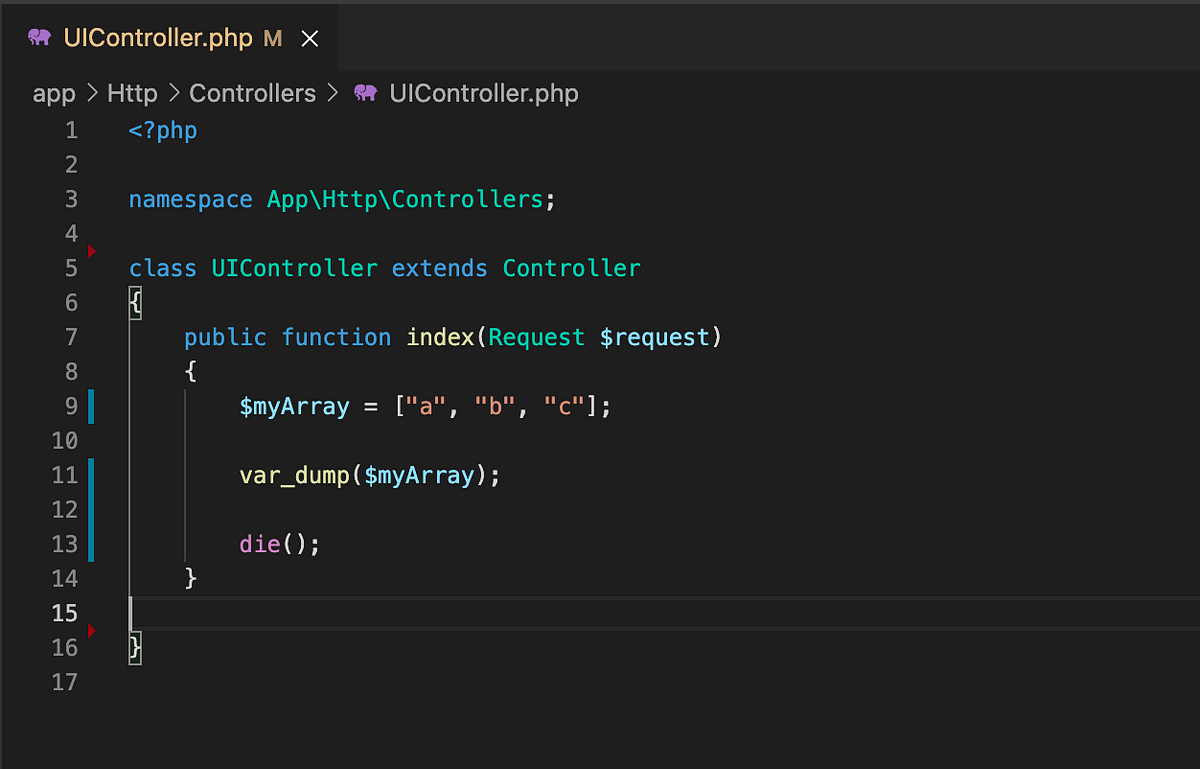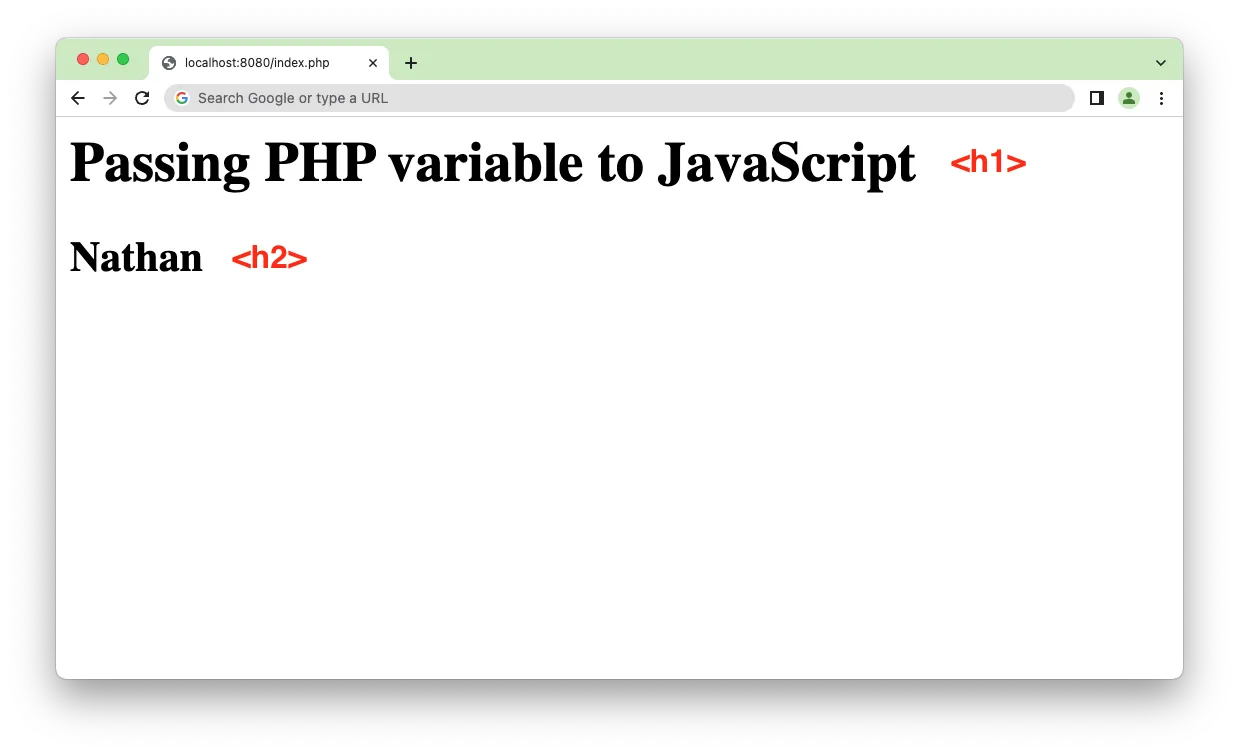Introduction
Converting an array to a string is a common task in PHP, especially when working with data manipulation and output. There are several methods you can use to achieve this conversion, each with its own advantages and use cases.
Why would you want to convert an array to a string in the first place? Well, there are various scenarios where this conversion becomes necessary. For instance, you may need to pass array data as a query parameter in a URL, store it in a database field, or simply display it in a neatly formatted manner.
In this article, we will explore three different methods to convert an array to a string in PHP. These methods include using the implode() function, utilizing a loop and concatenation, and employing the join() function. Whether you’re a beginner or an experienced PHP developer, these methods will provide you with the flexibility and options you need to handle array-to-string conversions effectively.
So, let’s dive in and explore the different approaches to converting an array to a string in PHP!
Method 1: Using the implode() function
The implode() function in PHP is a powerful tool that allows you to concatenate the elements of an array into a string. It takes two parameters: the separator and the array to be converted. The separator specifies the character or string that will be inserted between each element in the resulting string.
To convert an array to a string using implode(), you can follow these simple steps:
- Create an array containing the data you want to convert.
- Use the implode() function and pass in the separator and the array as arguments.
- Store the result in a variable for further use.
Here’s an example that demonstrates how to use the implode() function:
php
$array = [“apple”, “banana”, “cherry”];
$string = implode(“, “, $array);
echo $string;
In this example, we have an array containing the fruits “apple”, “banana”, and “cherry”. By using the implode() function with a comma and a space as the separator, we join the elements of the array into a string. The resulting string is then stored in the variable $string and is echoed out, resulting in the output: “apple, banana, cherry”.
The implode() function is versatile and allows you to customize the separator to fit your specific needs. You can use any character, string, or even HTML tags as separators, making it convenient for various use cases.
Additionally, the implode() function is highly efficient and performs well even with large arrays, making it a preferred choice for many PHP developers.
Now that you’ve learned how to use the implode() function to convert an array to a string in PHP, you can try it out and explore its different applications in your own projects.
Method 2: Using a loop and concatenation
Another approach to convert an array to a string in PHP is by utilizing a loop and concatenation. This method provides more flexibility and control over the conversion process, allowing you to manipulate the array elements before constructing the final string.
To convert an array to a string using this method, you can follow these steps:
- Create an array containing the data you want to convert.
- Initialize an empty string variable.
- Iterate over each element in the array using a loop.
- Append the current element to the string variable, along with any desired formatting or separators.
- Once the loop is finished, the string variable will contain the converted array.
Here’s an example that demonstrates how to use a loop and concatenation to convert an array to a string:
php
$array = [“apple”, “banana”, “cherry”];
$string = “”;
foreach ($array as $element) {
$string .= $element . “, “;
}
echo rtrim($string, “, “);
In this example, we have an array called $array containing the fruits “apple”, “banana”, and “cherry”. Using a foreach loop, we iterate over each element in the array and append it to the $string variable along with a comma and space as separators. Finally, we use the rtrim() function to remove the trailing comma and space before echoing out the string, resulting in the output: “apple, banana, cherry”.
The loop and concatenation method offers greater control and flexibility compared to the implode() function. You can add conditional statements, apply custom formatting, or perform additional manipulations on the elements before constructing the final string.
However, it’s worth noting that this method may be slightly less efficient than using the implode() function, especially for large arrays. Therefore, it’s recommended to use this method when you require more customization options.
Now that you’ve learned how to use a loop and concatenation to convert an array to a string in PHP, you have another powerful tool at your disposal for handling array-to-string conversions in your projects.
Method 3: Using the join() function
PHP provides another handy function called join(), which is essentially an alias for the implode() function. It offers a concise way to convert an array to a string by specifying the separator as the only parameter.
To convert an array to a string using join(), you can follow these steps:
- Create an array containing the data you want to convert.
- Use the join() function and pass in the separator as an argument.
- Store the result in a variable for further use.
Here’s an example that demonstrates how to use the join() function:
php
$array = [“apple”, “banana”, “cherry”];
$string = join(“, “, $array);
echo $string;
In this example, we have an array containing the fruits “apple”, “banana”, and “cherry”. By using the join() function with a comma and a space as the separator, we convert the array elements into a string. The resulting string is stored in the variable $string and is echoed out, producing the output: “apple, banana, cherry”.
Similar to the implode() function, the join() function allows you to specify any character or string as the separator, giving you flexibility in formatting the resulting string.
It’s important to note that the join() function is functionally equivalent to the implode() function, so you can use either of them interchangeably based on personal preference or coding conventions.
The join() function provides a concise and straightforward approach to converting an array to a string. It’s a convenient option when you want to quickly achieve the conversion without additional customization or manipulation of the array elements.
Now that you’ve learned about the join() function, you have another efficient method for converting arrays to strings in your PHP projects.
Conclusion
Converting an array to a string in PHP is a common task with various use cases. In this article, we explored three different methods to accomplish this conversion: using the implode() function, utilizing a loop and concatenation, and employing the join() function.
The implode() function provides a simple and efficient way to concatenate array elements into a string. It allows for customizing the separator, making it versatile for different formatting needs.
The loop and concatenation method offers greater control and flexibility. It allows for manipulation of array elements before constructing the final string, enabling custom formatting and additional logic.
The join() function serves as a concise alternative to implode(). With a single separator parameter, it quickly converts an array to a string without additional customization.
Each of these methods has its advantages and use cases. The choice depends on the specific requirements of your project and the level of control you need over the conversion process.
Whether you are working with URL parameters, storing data in a database, or simply displaying information, these methods will assist you in converting arrays to strings effectively.
Now armed with the knowledge of these methods, you can confidently handle array-to-string conversions in your PHP projects, enhancing data manipulation and output capabilities.







